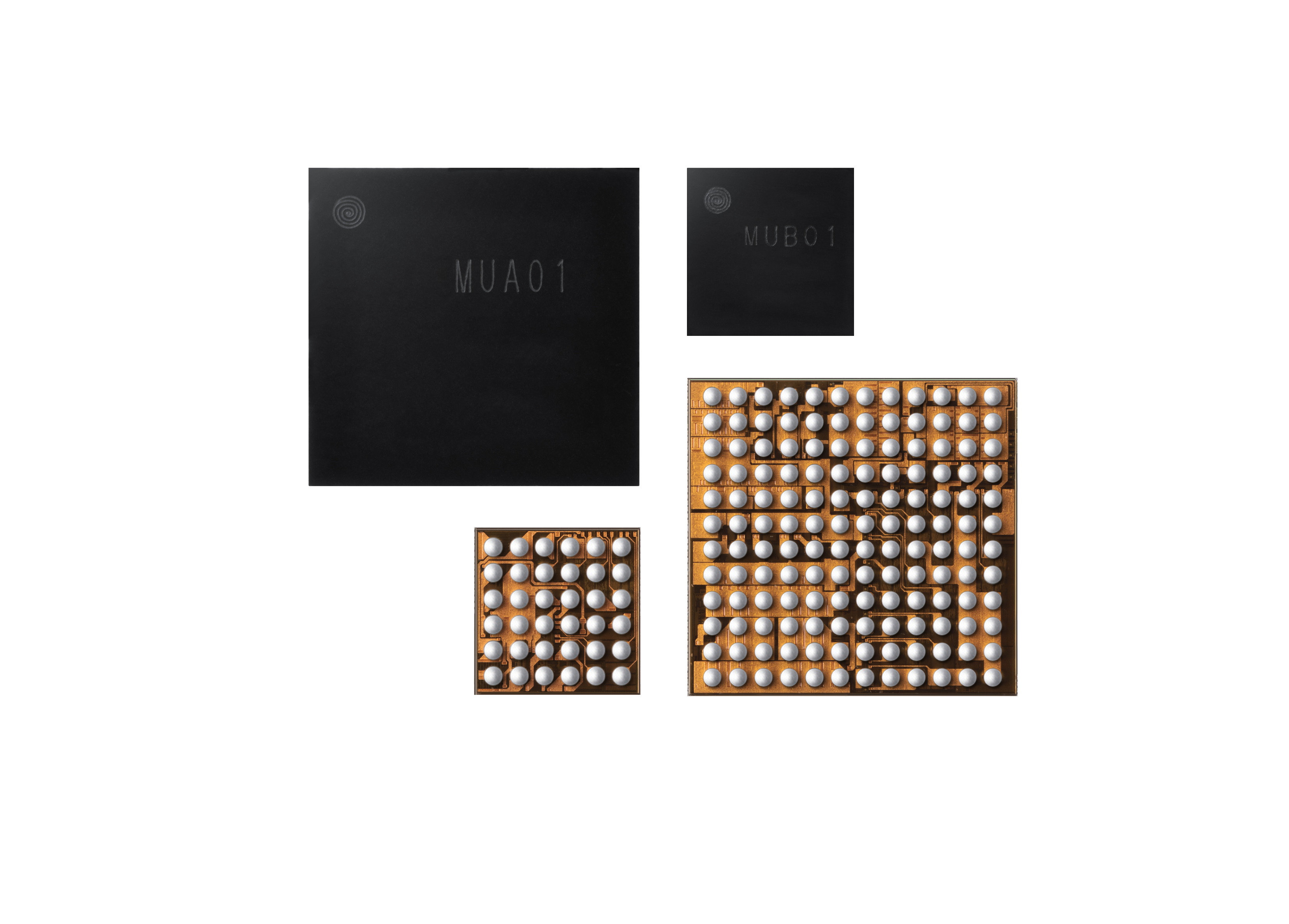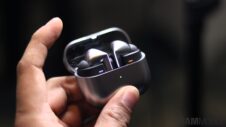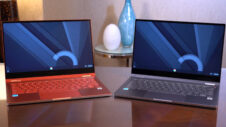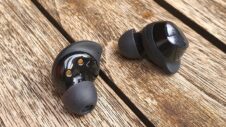Samsung has unveiled two power management chipset—MUA01 and MUB01—for true wireless earbuds. The company says that they are the industry's first all-in-one power management IC (PMIC). Due to their compact size, more room can be left for bigger batteries.
The new power management chipsets are designed for the earbuds and the case. By combining up to ten independent components into a single chipset (MUA01), Samsung has managed to fit the PMIC into less than half the space it would otherwise take in a true wireless earbuds' case. These components include the microcontroller unit, eFlash, wireless charger, linear charger, load switch, discharge circuit, and the reset IC. The MUA01 is also the first true wireless earbud power IC to integrate both wired and Qi wireless charging into a single chip.
The MUB01 fits into the earbuds and combines five components—fuel gauge, DC/DC converter, linear charger, low dropout (LDO) regulator, and a reset IC—into a single chipset. The chip area has been reduced by 50 percent so that it fits in half the space in comparison. This allows the earbud to have more space left for a larger battery, resulting in longer battery life. The chips also come with support for firmware updates.
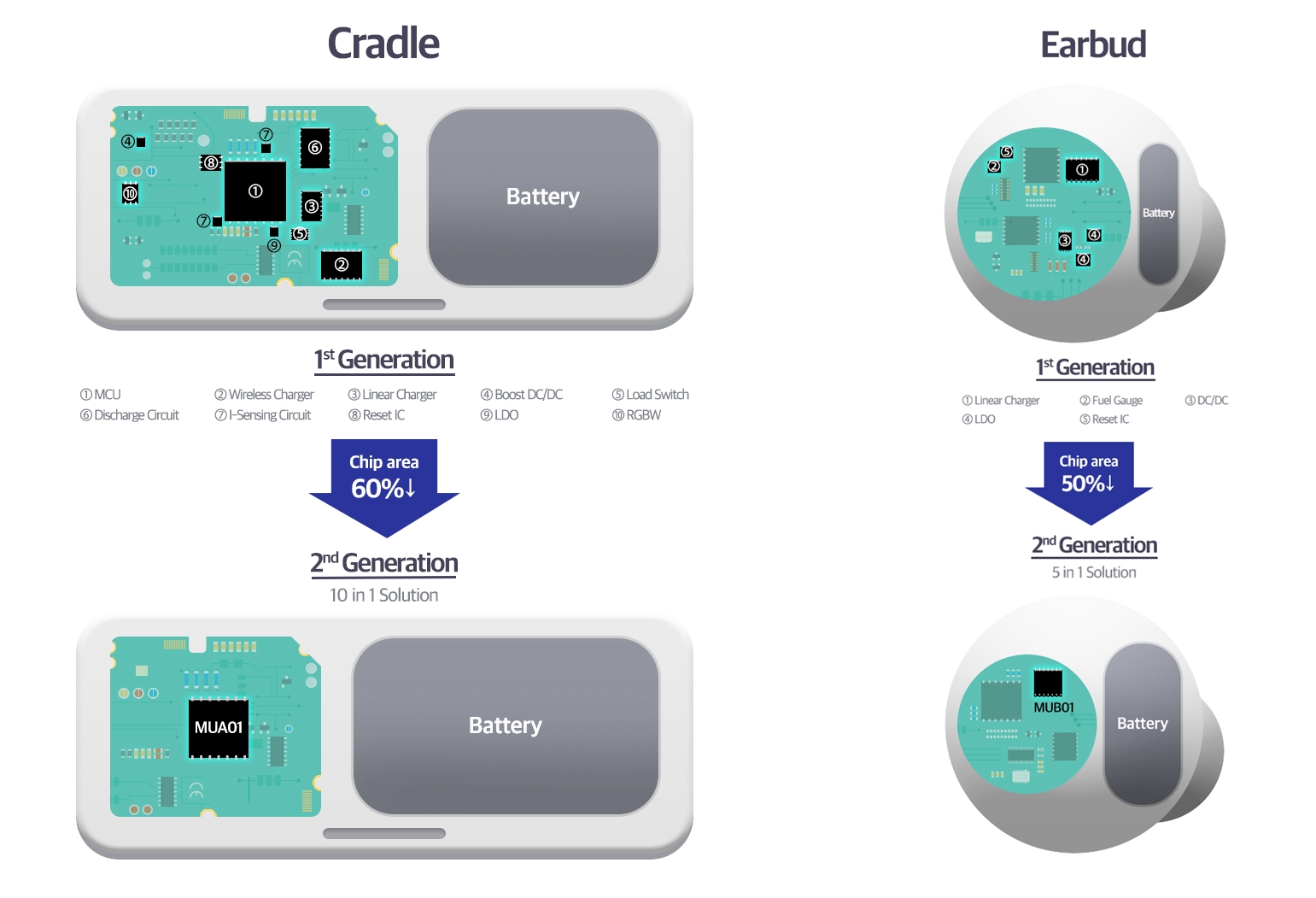
The MUA01 and MUB01 also support power line communication so that the earbud and the case can connect with each other using pins to share essential information such as the remaining battery level and if the earbuds are placed inside the case. Samsung is already being mass-producing them and has used them in the recently-launched Galaxy Buds+ earbuds. Now we know how the South Korean firm was able to double the battery life of its newest true wireless earbuds.
Dong-ho Shin, senior vice president of System LSI marketing at Samsung Electronics, said, “TWS earbuds present elevated listening experiences for more users, and the trend is rapidly expanding the mobile accessory market, creating new opportunities for device manufacturers. Samsung’s industry-first, all-in-one power management solutions optimized for TWS devices will allow manufacturers to craft new applications with greater flexibility.”
Other brands will now be able to use these chipsets in their true wireless earbuds.
